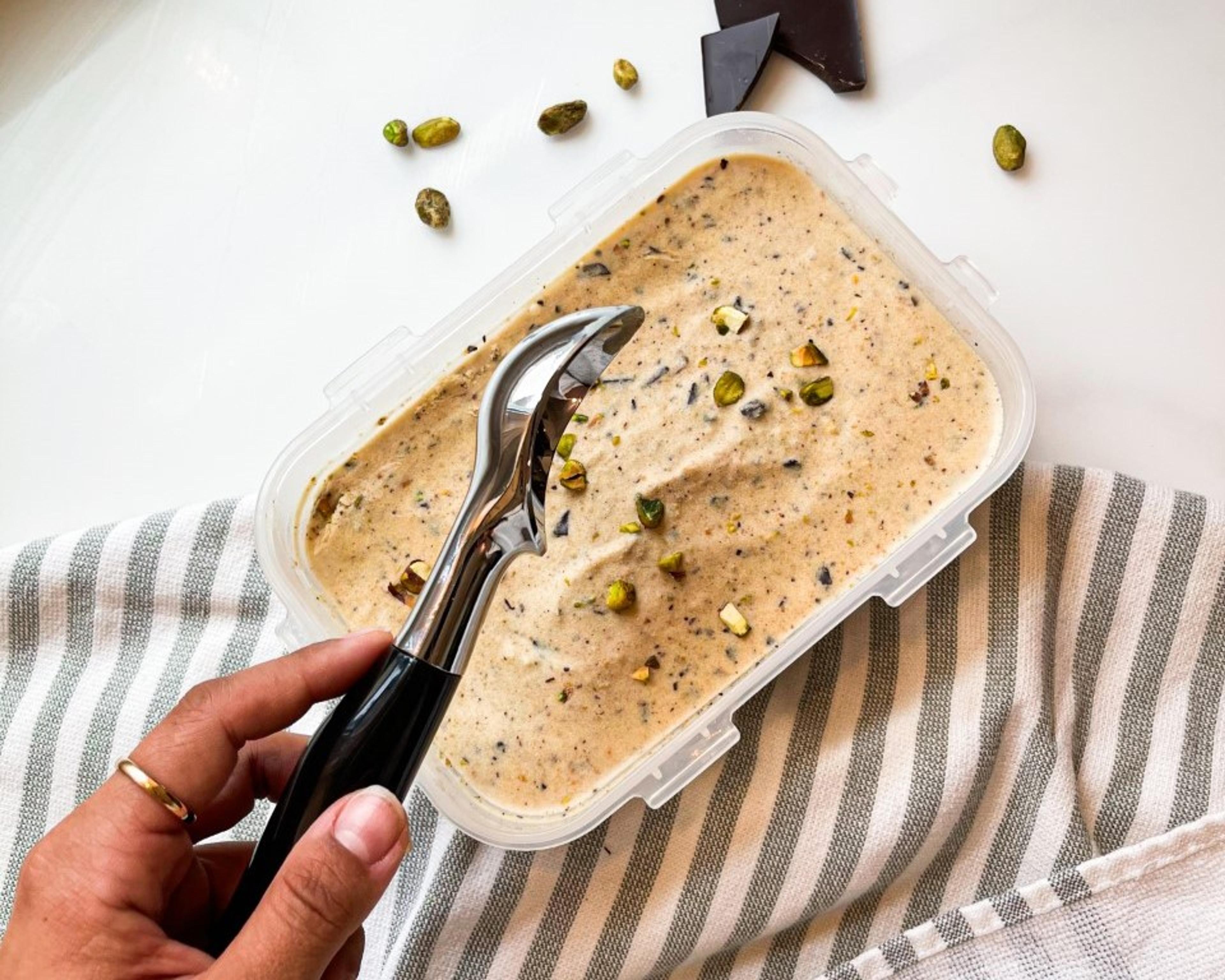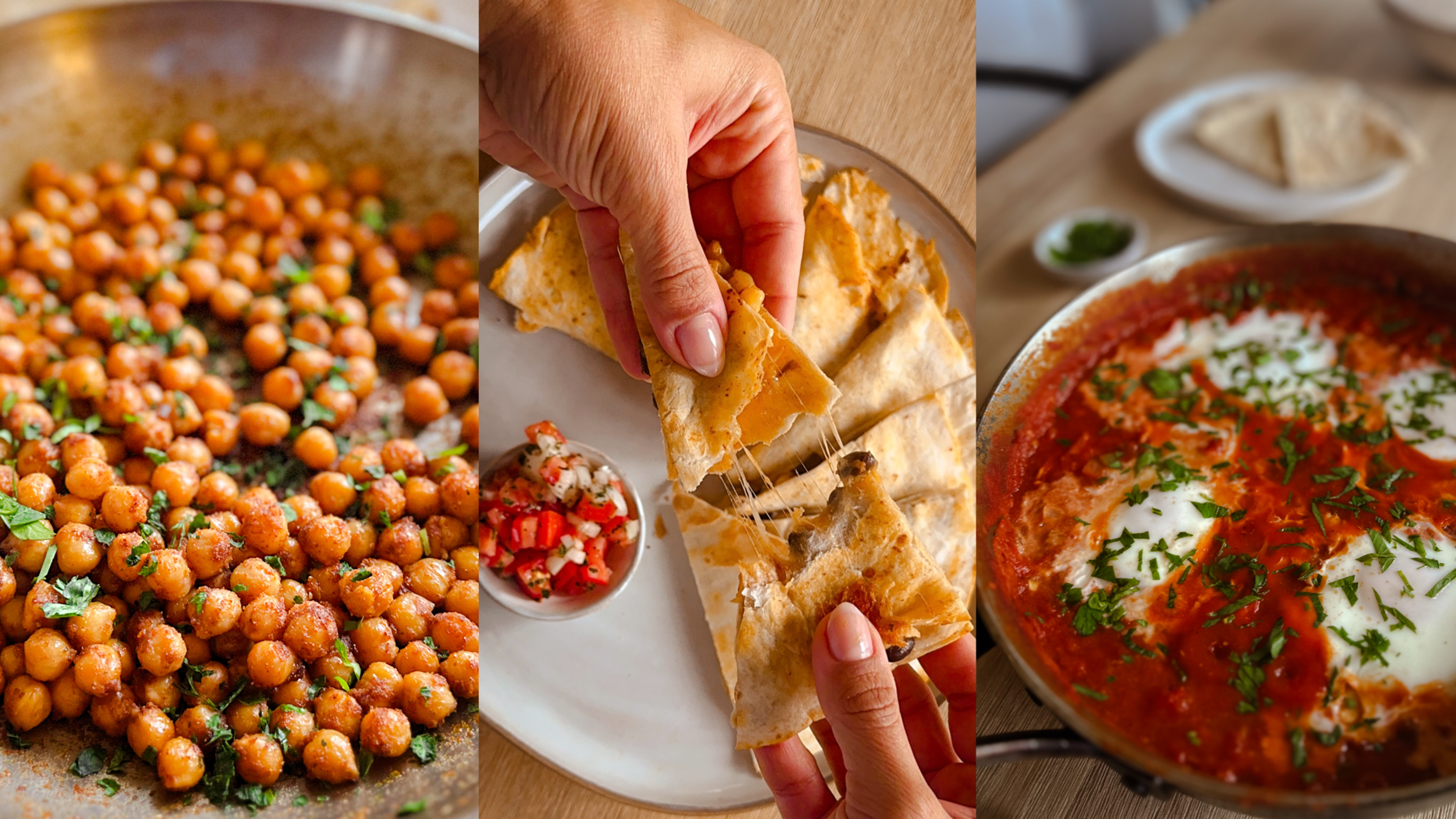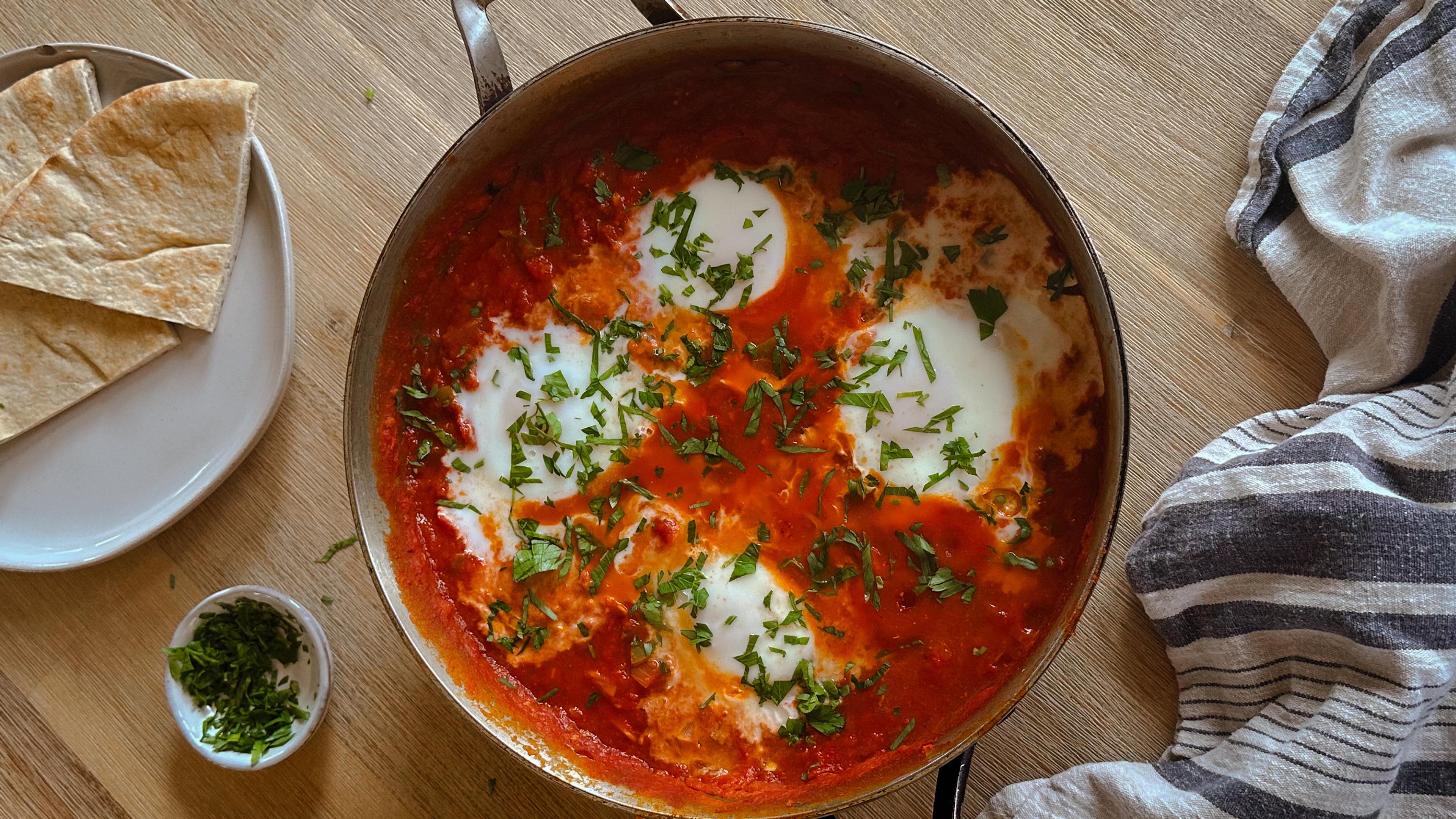Choosing the Right Plant-based Milks and Vegan “Ice Cream” Recipe

Shanthi Appelo, MS, RD
| 4 min read

Plant-based milks have long catered to those with lactose intolerance, milk protein allergy and food restrictions. In recent years, these dairy alternatives’ sustainability and health aspects have attracted more consumers to add them to their grocery carts in the form of milk, yogurt, coffee creamers and desserts.
The nutrient profile of dairy alternatives varies among brands. It’s common practice to load sugar into plant-based milks, especially flavored types like vanilla and chocolate. The key in finding the best dairy substitute is one that contains zero added sugar and calcium in equal or greater amounts than cow’s milk.
Calcium plays an important role in bone and tooth development. In aging adults, sufficient calcium intake prevents bone loss, osteoporosis and falls. Calcium is the most abundant mineral in the body, and about 99 percent of the body’s calcium is stored in bone and teeth. In this way, calcium supports their structure and role in the body. The remaining one percent is dedicated to muscle and nerve function, hormone secretion and other vital functions. Cow’s milk contains about 300 mg of calcium per cup, but it’s not the only source. Other plant-based dietary sources include leafy greens like kale, seeds and almonds, beans and fortified foods. Here how much calcium you need:
- Children and teens 9–18 years 1,300 mg
- Adults 1,000 mg
- Women over 50 1,200 mg
- Men over 70 1,200 mg
Interested in the sustainability of plant-based milks? Here’s a breakdown of four major types.
Soy milk
Made from soybeans and water oftentimes with a thickener, soy milk is the most comparable to cow’s milk of all dairy alternatives. Its fat content is comparable to 1 or 2 percent cow’s milk. Like other plant-based milks, it is low in saturated fat and free of cholesterol. It contains an equivalent amount of protein to cow’s milk and is fortified with calcium and vitamins A, B12 and D. Like other dairy alternatives, it is a great choice for those with a milk protein allergy or lactose intolerance, but those with a soy allergy should steer clear. Soy milk is most commonly recommended as a substitute for children who cannot consume cow’s milk.
Almond milk
This nut-based milk is the most popular dairy alternative in the U.S. is made by blending almonds with water then straining the mixture. The texture is comparable to a low-fat milk and comes with a nutty flavor. Many commercial almond milks fortify their products with vitamins A and D, and more calcium than its cow’s milk counterpart. However, because of its low fat and protein content, it’s not a suitable substitute for cow’s milk for children. Unsweetened varieties are great low-carb milk choices for those with Type 2 diabetes aiming to control their blood sugar. Watch out if you have a nut allergy.
Rice milk
Most brands of this grain-based milk contain just under cow’s milk’s calcium content at 283 mg per cup. It is generally low in protein and fat, but high in carbohydrates – especially sugar. Though it’s not a filling option, rice milk may be suitable for those with intolerances and allergies to dairy, soy and nuts.
Oat milk
This dairy substitute is making its way into more coffee shops because of its creamy texture that’s easily steamed for a cappuccino. Made by soaking and blending oats with water then straining, it is a vegan-friendly dairy substitute that contains some fiber. Fortified oat milk contains 283 mg of calcium and has many other healthy nutrients added like vitamin D, which helps the body absorb calcium. It’s naturally creamy, so it doesn’t usually have thickeners like other plant-based milks do. While this plant-based milk is naturally high in carbohydrates, be weary of added sugar in many oat milk brands.
Oat milk isn’t just good in your cereal and coffee, it also makes for a great creamy vegan frozen dessert along with just four other ingredients: cashew butter, sugar and two flavors. Making this treat with cashew butter makes it lower in saturated fat than ice cream made with dairy. This recipe also packs in less added sugar than its traditional counterpart.
Check out these three dreamy flavors:

This vegan ice cream recipe features seasonal Michigan cherries and dark chocolate. And it’s easy to whip up a fresh batch. All you need is a few ingredients, a blender and a plastic bag.

Oat milk and cashew butter are the base for this delicious vegan ice cream. Chopped pistachios and vegan dark chocolate provide a satisfying crunch.

For a bright, summery flavor combination, this recipe uses lemon zest and fresh blueberries mixed with the oat milk and cashew butter vegan ice cream base.





